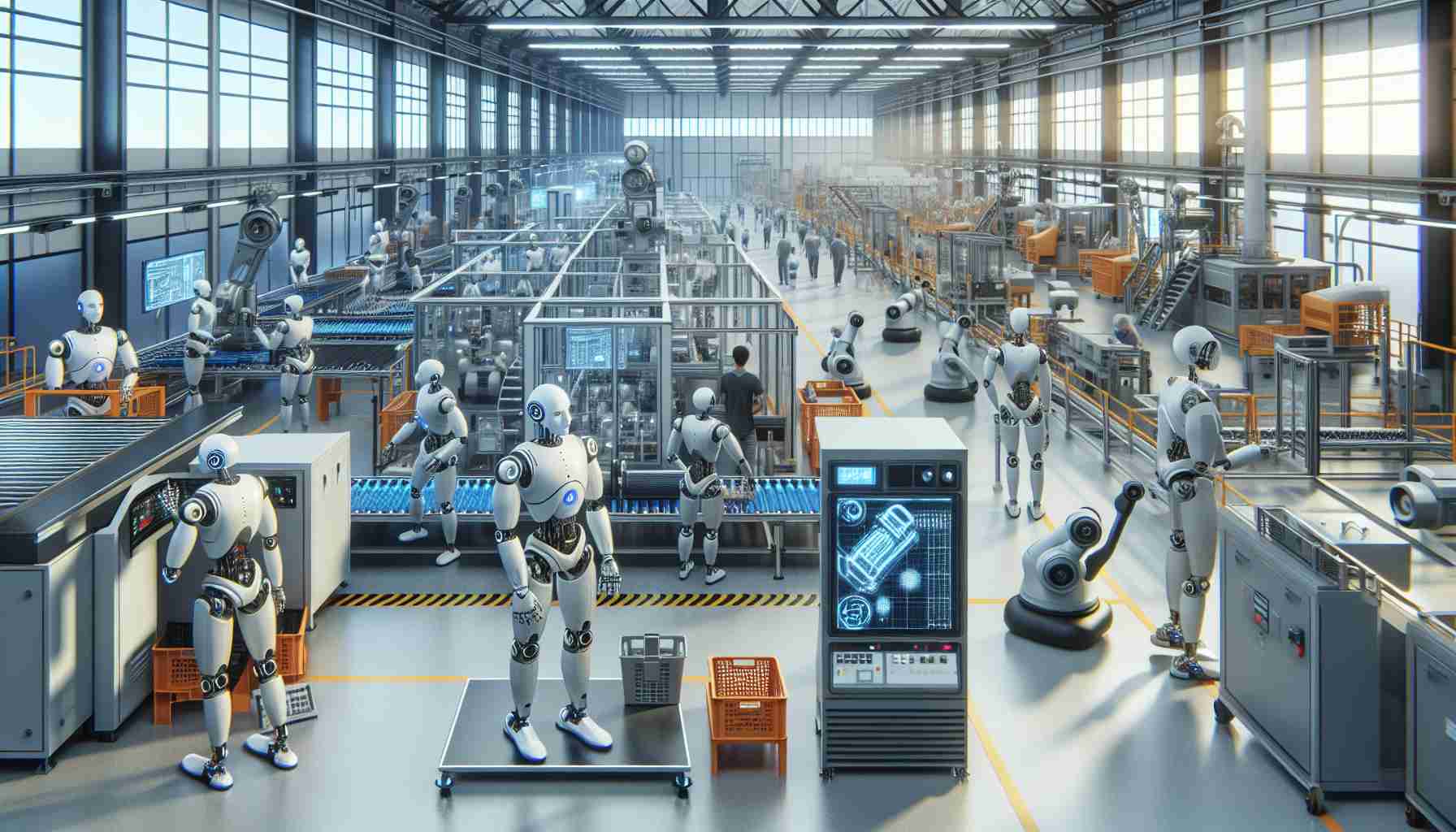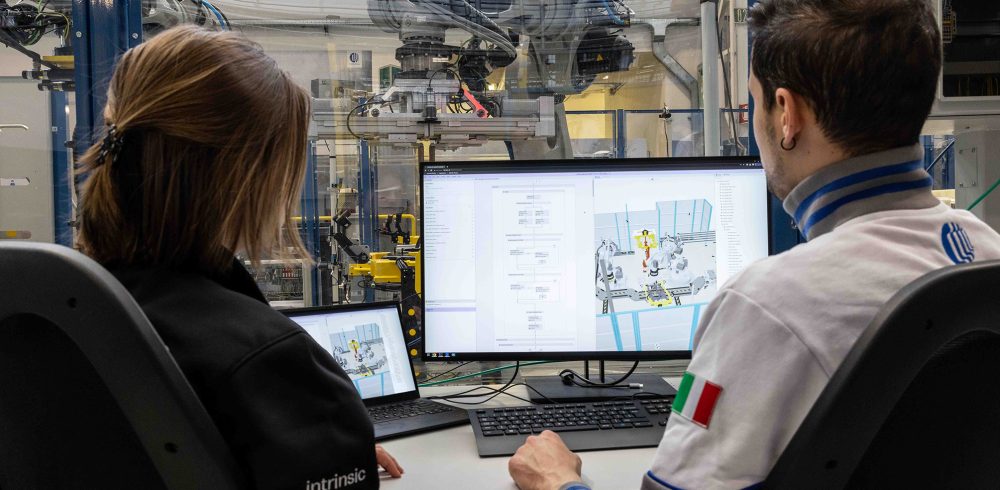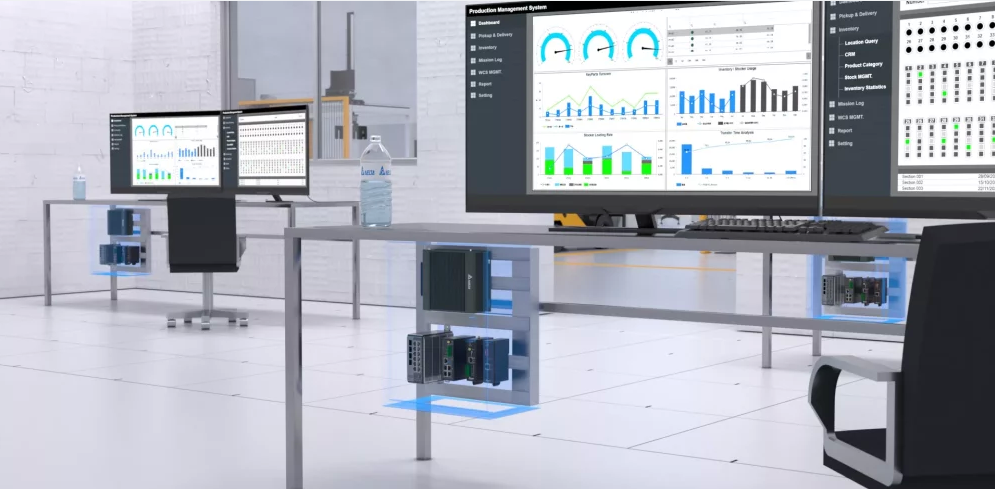The Cobot Revolution: Industry 4.0 Welcomes Robotic Coworkers

Summary: The industrial robotics landscape is being transformed as collaborative robots, known as cobots, are anticipated to experience substantial market growth. With a valued market poised to increase from USD 1.9 billion in 2024 to USD 11.8 billion by 2030, cobots are becoming a focal point for enhancing efficiency and safety within various industries. This surge in cobot adoption is largely due to their flexibility, scalability for businesses of all sizes, and their ability to safely work alongside human counterparts.
The seamless integration of humans and machines is becoming a reality in workplaces as collaborative robots, or cobots, rise in popularity. Expected to see a meteoric market growth jumping from USD 1.9 billion in 2024 to USD 11.8 billion by 2030, cobots represent the future of automation—merging human ingenuity with robotic precision and strength.
Gone are the days when automation meant isolation. Cobots are designed to operate in the presence of their human colleagues, with features ensuring the safety of their flesh-and-blood coworkers. As a case in point, the electronic sector relishes in cobots’ finesse for exacting tasks, such as handling the delicate components of printed circuit boards.
With the Asia Pacific region predicted to lead the charge in cobot adoption, the production arena in this part of the world appears set for a significant leap forward. Government policies are playing a supportive role in this automation narrative.
This groundswell of collaborative robotics is being shaped by key innovators such as Universal Robots A/S and ABB, setting the stage for a future where workplace harmony between man and machine unlocks new productivity horizons. As cobots become more commonplace, businesses are discovering the untapped potential of their capabilities, leading to a smarter, safer, and more efficient generation of industrial workflows.
Industrial Robotics and Collaborative Robots (Cobots)
The industrial robotics industry is at the cusp of a revolution with the expanding role of collaborative robots (cobots). Compared to traditional robots, cobots are engineered to work alongside humans and are distinguished by their inherent safety features, ease of programming, and versatility. The industry’s growth projection from USD 1.9 billion in 2024 to an impressive USD 11.8 billion by 2030 mirrors broader trends in automation and workplace digitization.
This significant market expansion is also a response to the pressing need for greater efficiency and productivity across manufacturing sectors. Industries such as electronics, automotive, and healthcare are rapidly adopting cobots to handle delicate tasks that require a blend of precision and flexibility. Furthermore, small and medium-sized enterprises (SMEs) are finding cobots to be an accessible entry point into automation due to their relative affordability and scalability.
The growth trajectory of cobots is influenced by several market forces and industry-specific issues. The rising demand for customization in manufacturing aligns well with the adaptive nature of cobots. However, challenges such as the integration of cobots with existing industrial setups and the need for skilled labor to manage and maintain these advanced systems pose potential roadblocks to adoption. In addition, while the initial investment in cobots is decreasing, it still represents a significant expense for some businesses, impacting overall market acceleration.
The Asia Pacific region indeed appears poised to lead in cobot deployment, largely owing to aggressive industrial automation policies and the growing manufacturing prowess in countries like China, South Korea, and Japan. In Europe and North America, the adoption of cobots is strengthening as companies seek to bolster competitive advantage through technological advancements.
Leader companies like Universal Robots and ABB are at the forefront of this industry shift, providing innovative cobot solutions that redefine collaborative work. These industry giants, among others, are continuously refining cobot technology, introducing improvements in sensory abilities, range of motion, and user-friendliness.
As the market for cobots burgeons, forecasting its potential becomes crucial for stakeholders. For example, the role of AI in enhancing cobot functionality could unlock further use cases and industry applications. Additionally, as cobots continue to mature technologically, we may witness a drop in costs that could democratize access further and accelerate adoption across varied industry verticals.
It is not just the manufacturing sector that is set to benefit. Other sectors such as logistics, retail, food service, and more, are also beginning to explore the potential of cobots, setting the stage for a future where collaborative robots become a ubiquitous presence across different facets of the working world.
In conclusion, the evolution of the cobot market is a microcosm of the larger industrial automation trend. As we look to the future, businesses are identifying opportunities to leverage these advanced machines, which could herald a new era of productivity and efficiency in the global economy.
-
Delta Unveils Groundbreaking Solutions for Smart Manufacturing and e-Mobility at Hannover Messe 2024
Delta, a global leader in power management and a provider of IoT-based smart gre···
-
Industries Must Embrace Automation To Lower Emissions, Raise Efficiencies, Says Schneider Electric Executive
Global industries need to embrace and not fear automation if they are serious ab···
-
Comau’s Advanced Automation: Facing Challenges and Anticipating the Future of Robotics
• Exponential growth: automation drives the future of emerging sectors. Forecast···
-
Schneider Electric highlights software, automation, electrification and Hannover Messe
Hannover Messe is taking place in Hannover, Germany, from April 22 to 26. At the···
参展地址:中国国际展览中心(朝阳馆)
- Delta Unveils Groundbreaking Solutions for Smart Manufacturing and e-Mobility at Hannover Messe 2024
- Industries Must Embrace Automation To Lower Emissions, Raise Efficiencies, Says Schneider Electric Executive
- Comau’s Advanced Automation: Facing Challenges and Anticipating the Future of Robotics
- Schneider Electric highlights software, automation, electrification and Hannover Messe
- Rockwell Automation banks on digital, green transition in China
- Delta DX-2400L9 Series Industrial 4G/WAN Routers









 Asia International Industry Automation & Intelligent Manufacturing Exhibition
Asia International Industry Automation & Intelligent Manufacturing Exhibition

